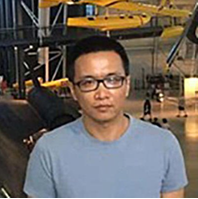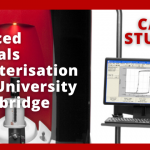

WATCH NOW! This DENSsolutions User webinar will be given by Climate user: Dr Xi Liu from the School of Chemistry and Chemical Engineering at Shanghai Jiao Tong University, China who works closely with catalysis industries, including Invista, Johnson Matthey and Synfuels China.
Abstract: The physicochemical properties of heterogeneous catalysts in static or inert environments often deviate greatly from the properties under in-situ or working conditions. To gain an insightful understanding of realistic catalyst properties and the corresponding catalytic mechanisms, it is essential to identify and rationalize changes in catalysts under reaction conditions. In recent years, in-situ transmission electron microscope (in‐situ TEM) techniques have been increasingly developed, offering a unique approach to visualise the evolution of heterogeneous catalysis with ultra‐high spatial resolution, good energy resolution and reasonable temporal resolution under controllable or even realistic catalytic conditions. However, the technical limitations and complexity in heterogeneous catalysis have significantly hindered the application of this technique in this important field, or even prompt debates concerning to reaction mechanism.


In this presentation, Dr Xi Liu will summarise the advances of this technique in heterogeneous catalysis by exemplifying recent progress in Fe-based catalysts. Fe-based FTS is one of the oldest and most studied industrial catalytic system, but the reaction mechanism and nature of active sites are still under debate. By combining in-situ TEM and other techniques, in-depth understanding of the dynamic chemistry of the iron–carbon–oxygen system was obtained. Meanwhile, the topographic evolution of catalyst surface was also studied by using the advanced atomically-resolved secondary electron technique, which clearly distinguish surface feature from bulk feature at atomic scales. It suggests that the electron probing technique will lead to new breakthroughs in the field.






